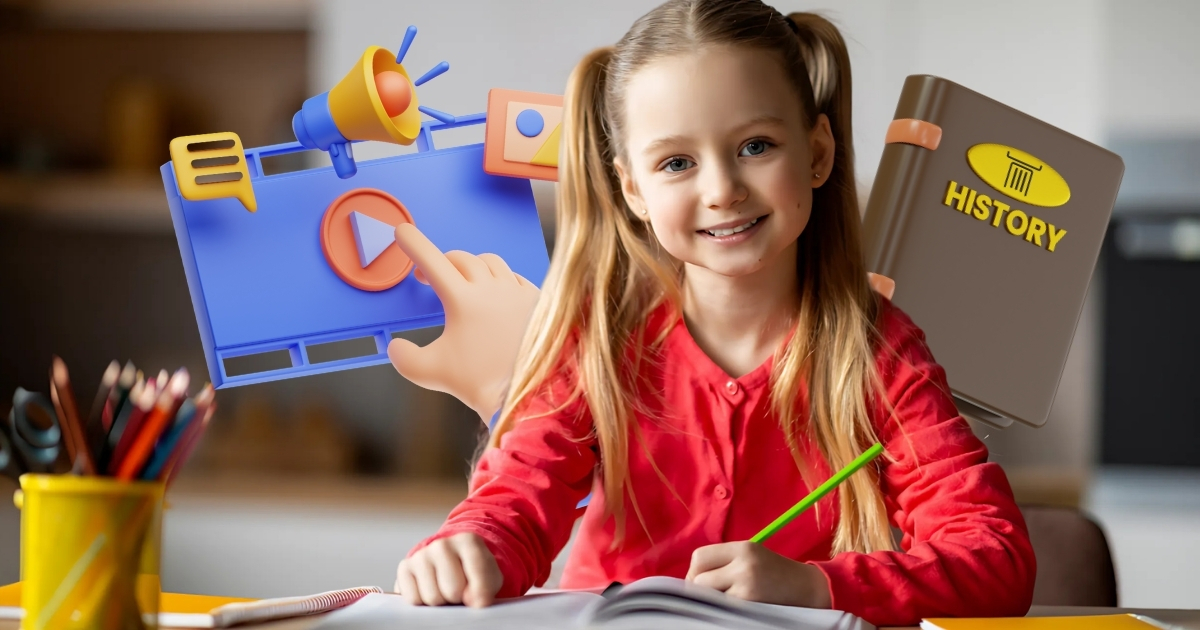History is often seen as a static subject confined to textbooks and timelines. Yet, for homeschooling parents eager to ignite a passion for the past in their children, history can become a dynamic, living narrative. Enter the world of dramas and role-playing—a gateway to exploring historical events and figures in a way that textbooks simply […]






